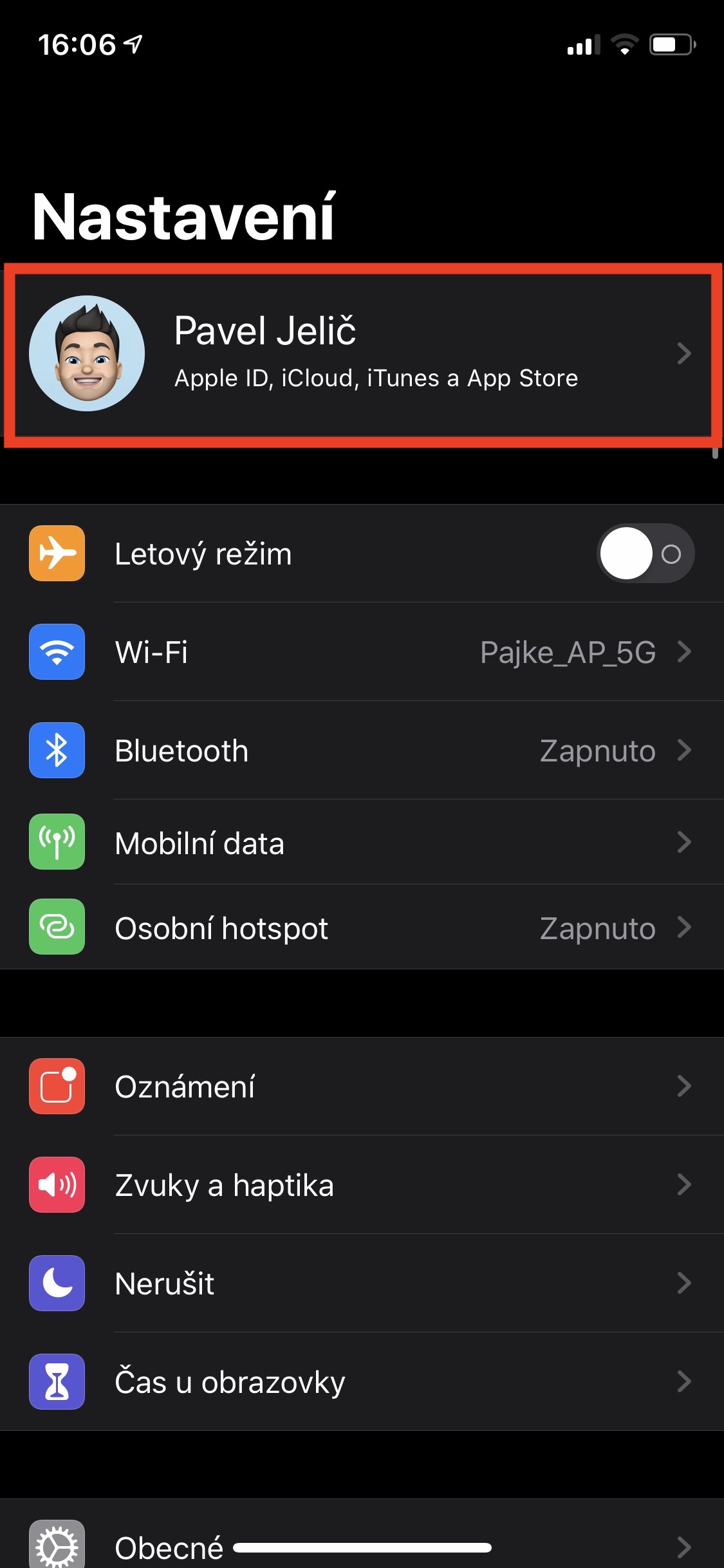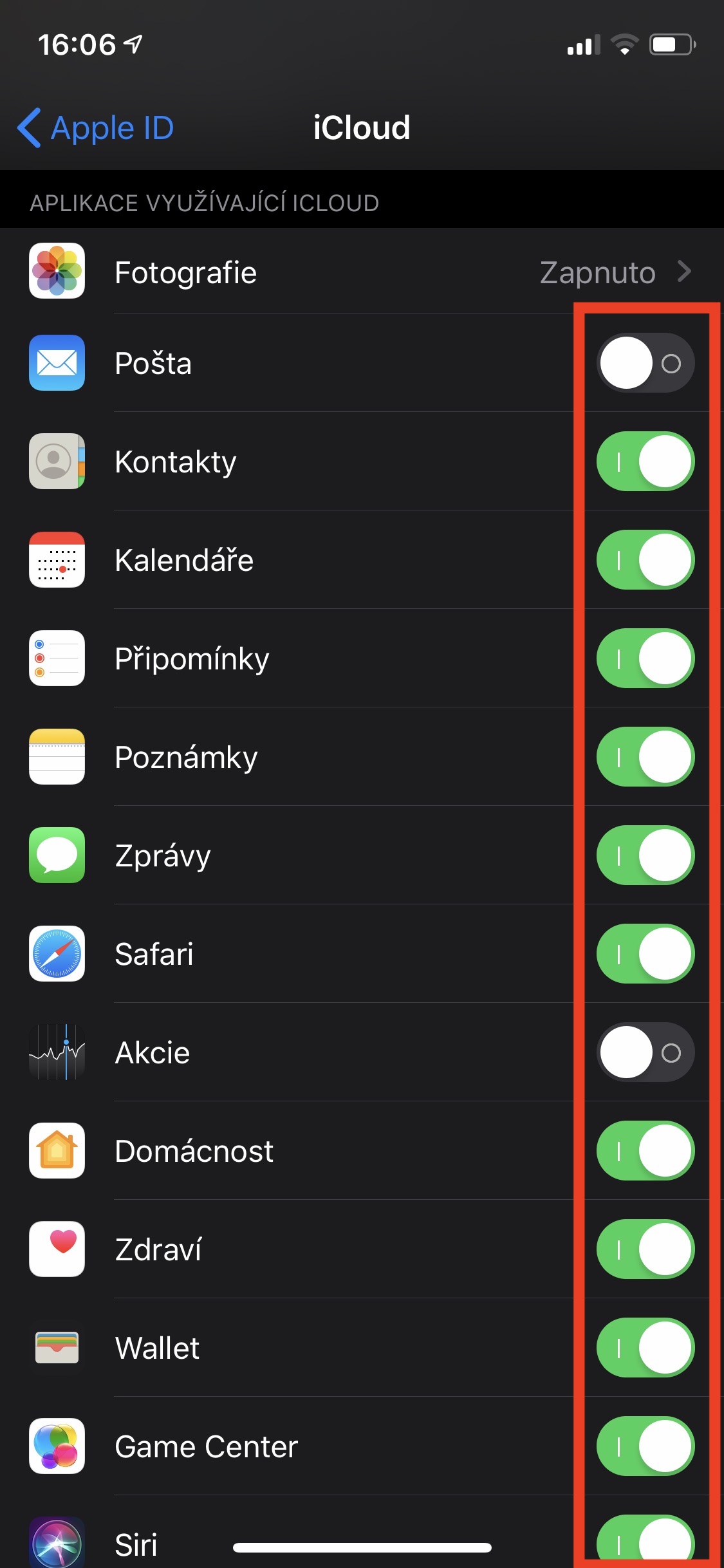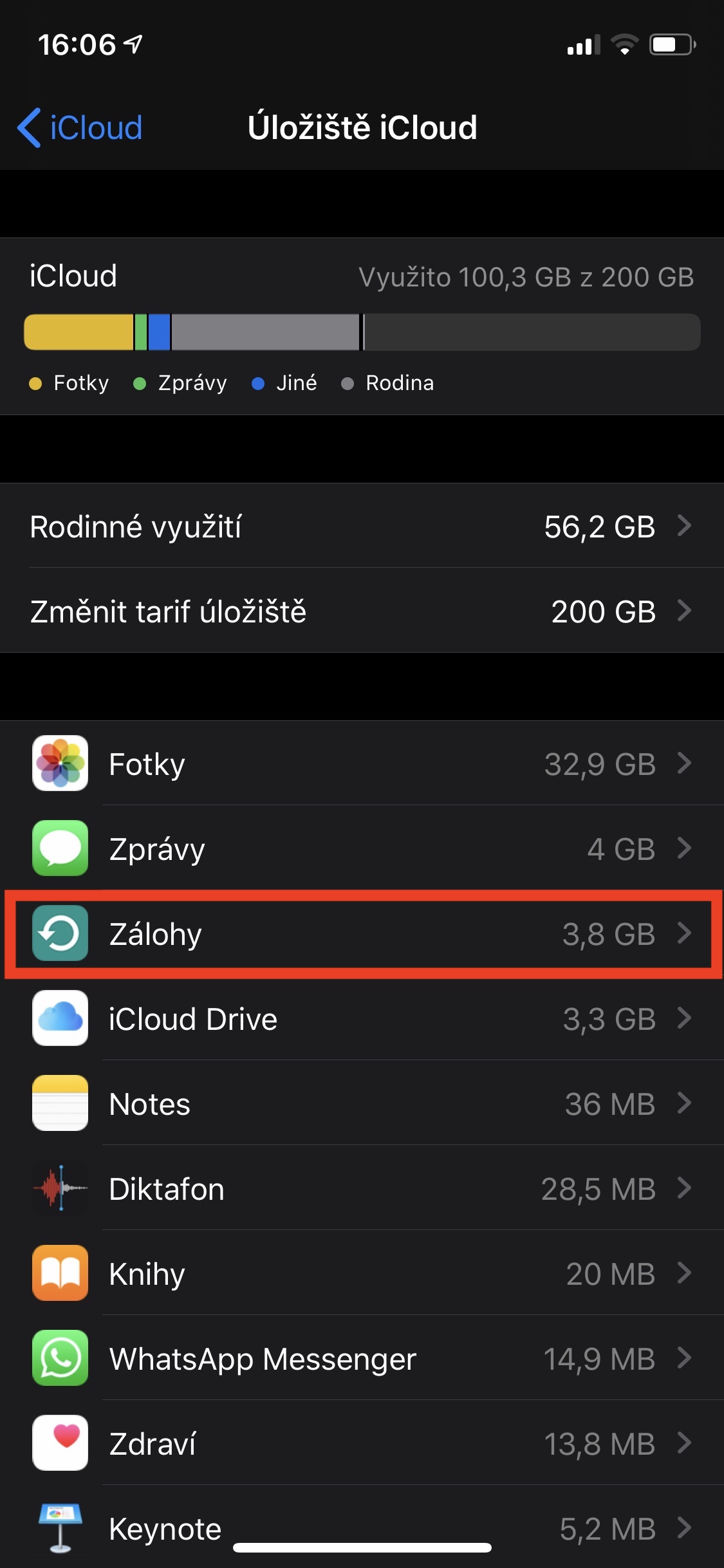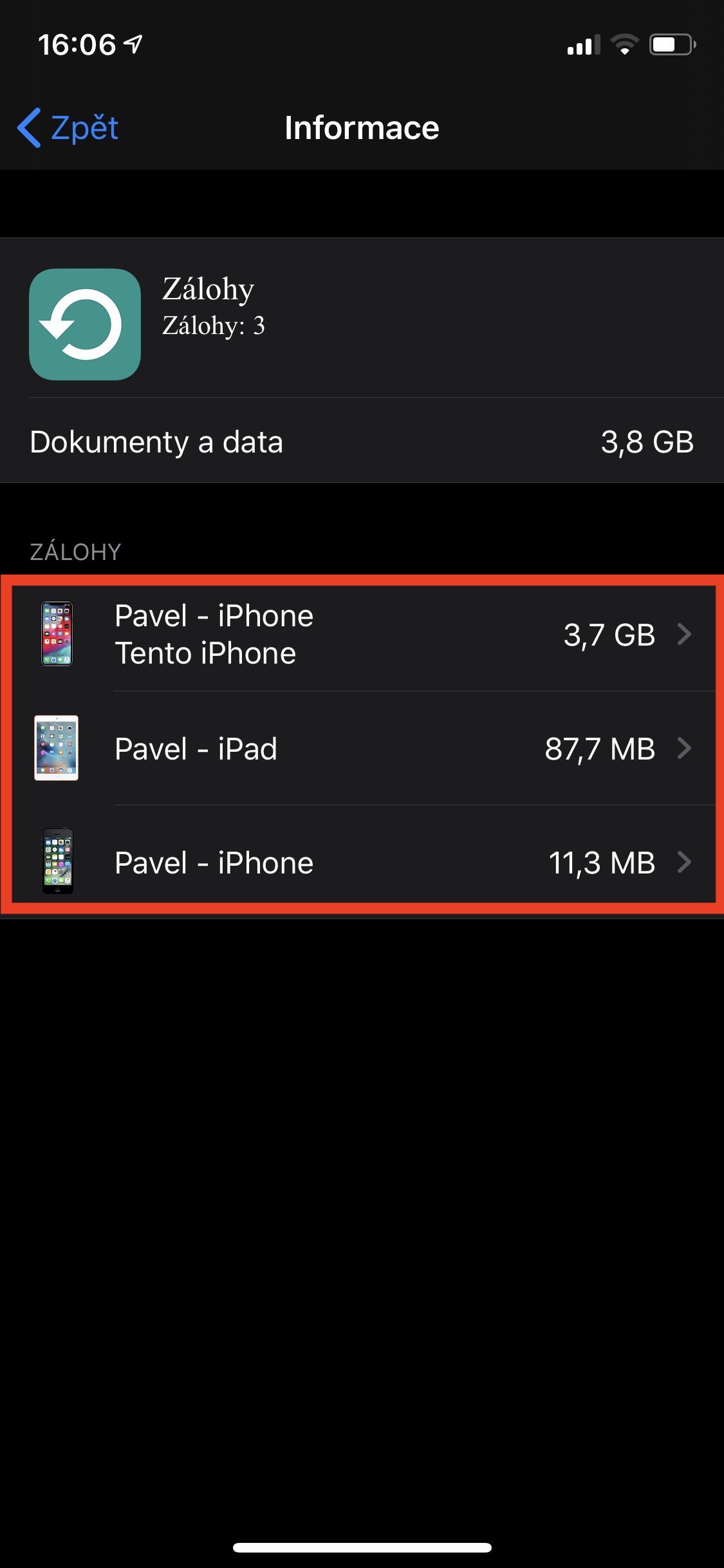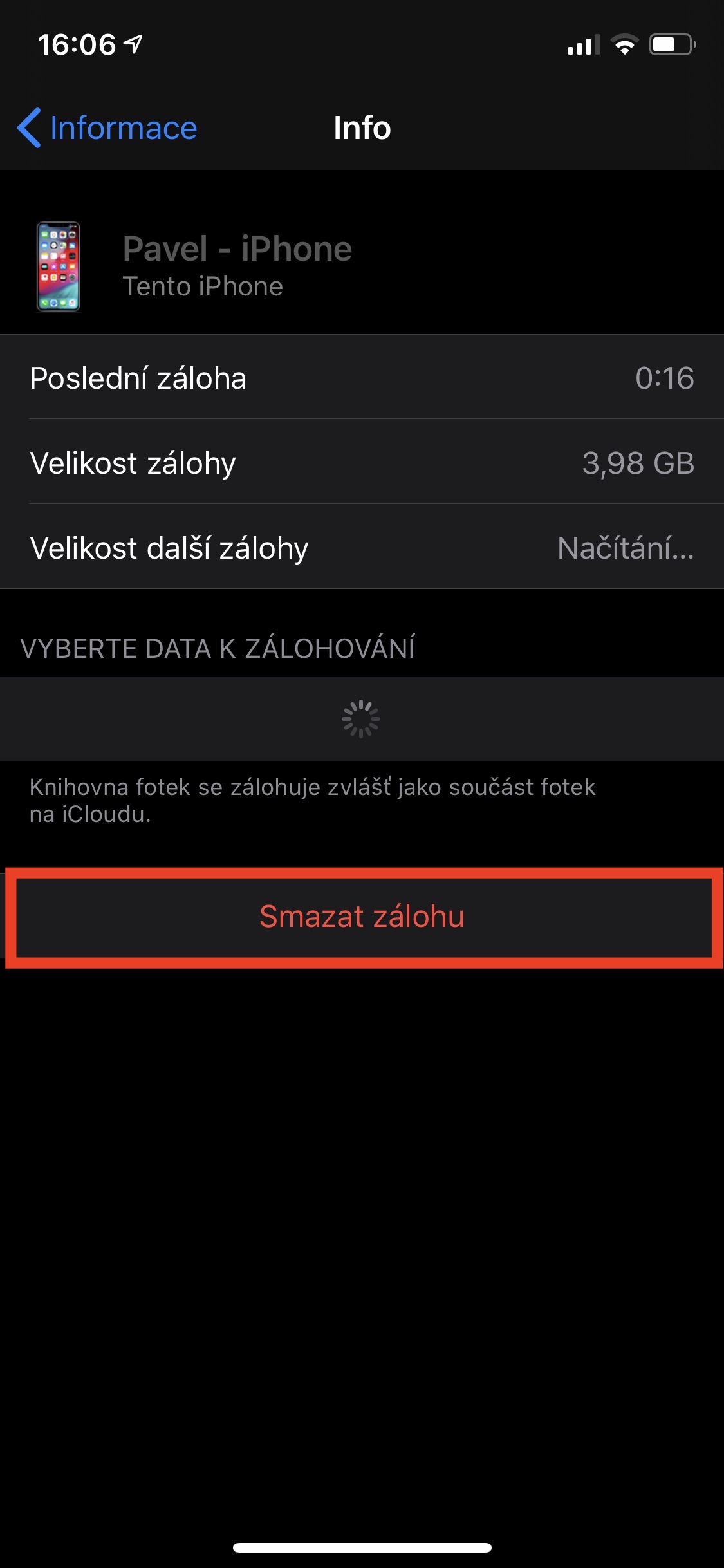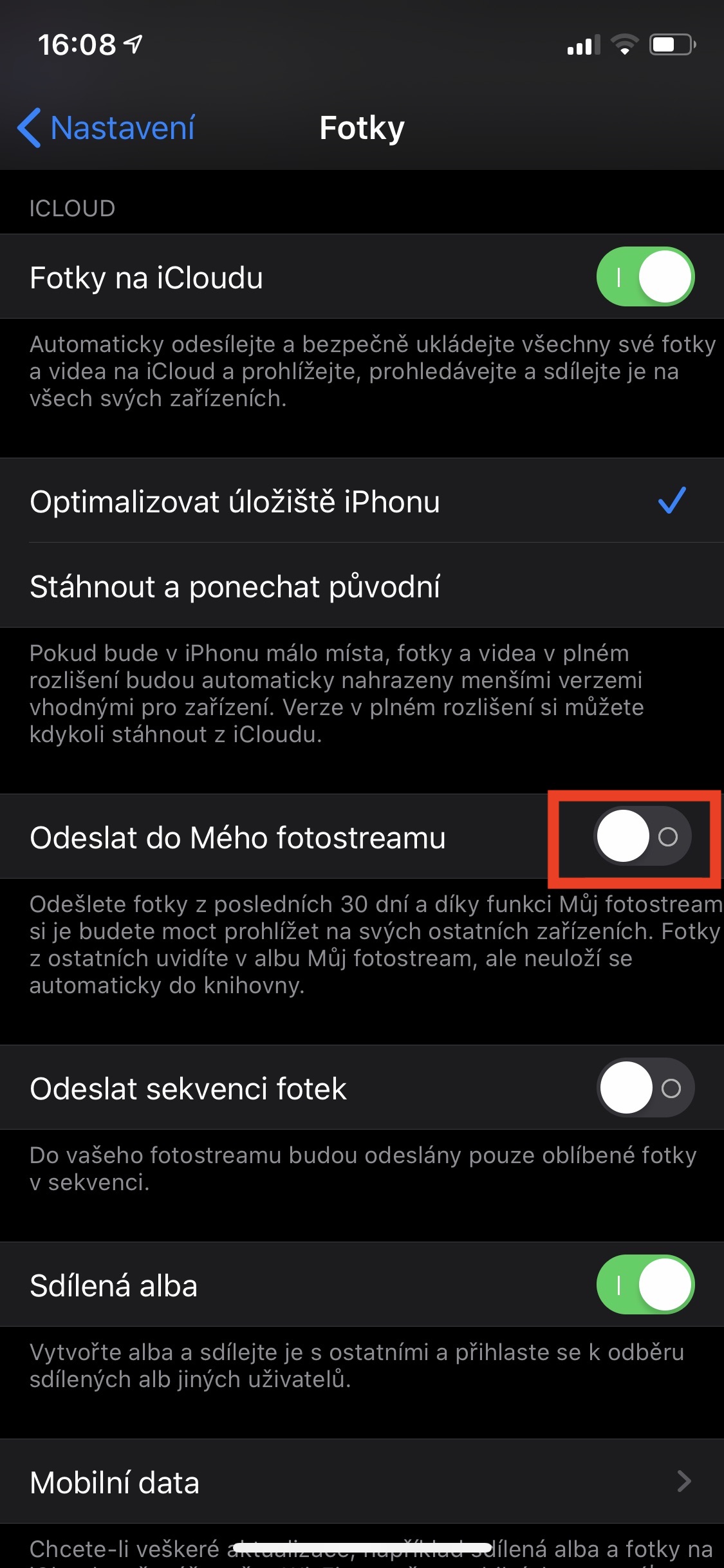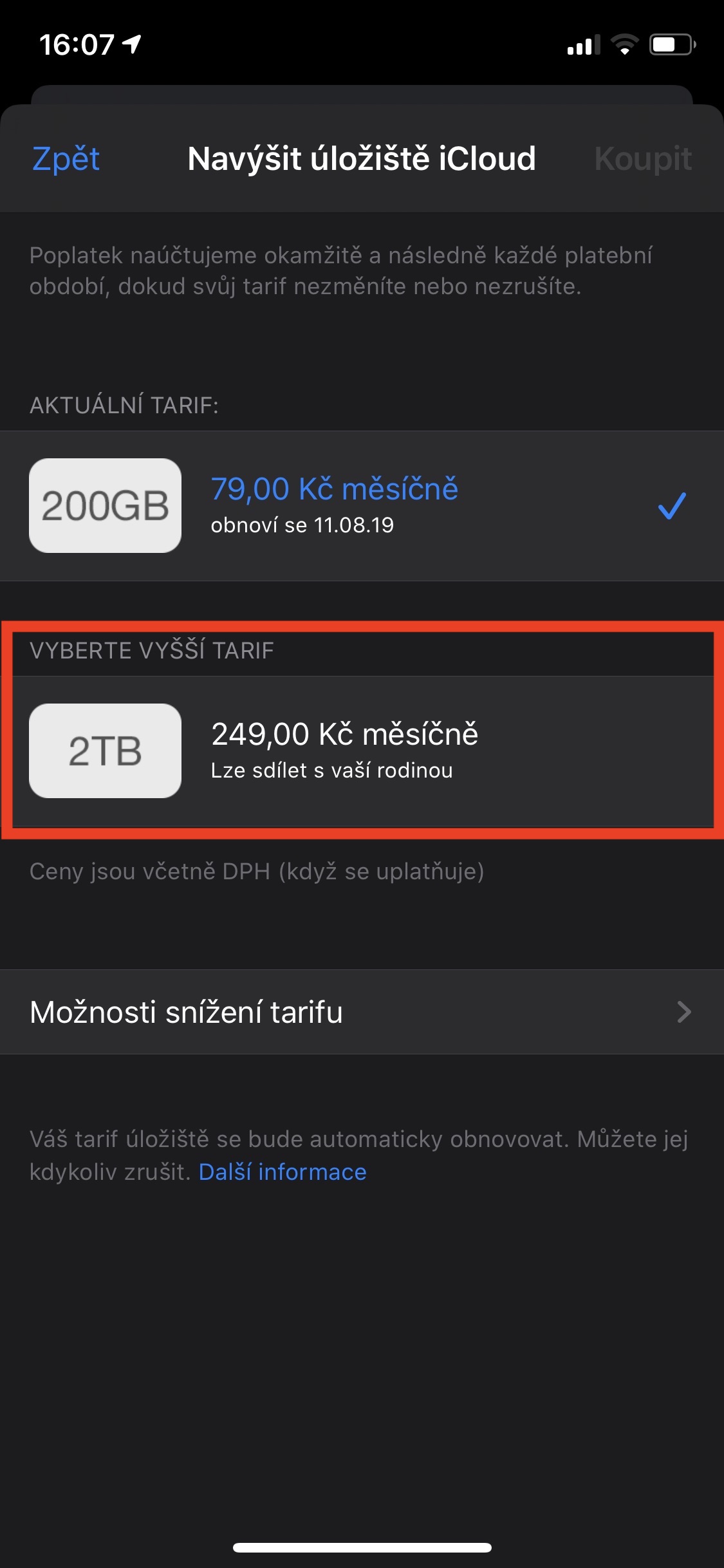If you have the lowest iCloud storage plan, i.e. 5 GB, then you will surely often see a message in the settings that the iCloud storage is full. Apple thus encourages you to increase your plan and start paying for it. The cheapest iCloud paid plan is 50 GB, which is not much these days, especially if you have a lot of photos, messages and applications. Maybe it's time to clean up your iCloud storage. If the lack of iCloud storage is bothering you, here are some tips on how you can save as much space as possible.
It could be interest you
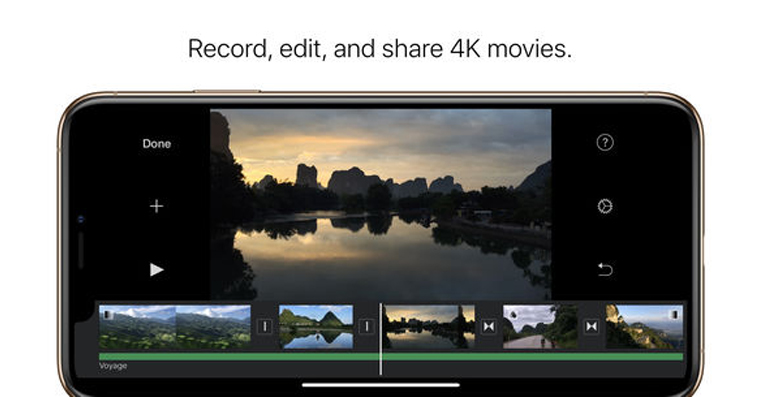
1. Turn off backup of some apps to iCloud
Since some apps store their data on iCloud, and often it's a really large amount of data, you might want to turn off iCloud backup for certain apps. The procedure in this case is as follows. On your iOS device, navigate to the native app Settings, where at the top of the screen click on Your name. Once you've done that, click the tab iCloud. Once loaded, all apps that use iCloud storage will be displayed. If you decide that you don't need to have the data of some applications on iCloud and you can do without them in case of loss, then switch to switch to inactive position.
2. Delete old backups of your devices
In addition to photos, old backups most often take up space on iCloud. For example, backups from old devices that you no longer own or don't use can be stored on iCloud. If you want to organize your backups, on your iPhone or iPad, go to Settings. Then click on the s tab here on your behalf, and then iCloud. Now at the top, under the storage usage graph, click on Manage storage. In the next section, move to the bookmark Advances. This is where all the backups of your devices that are stored on iCloud are located. If there is a backup of the old device, then use it unclick, and then click the red text at the bottom Delete backup.
3. Choose what data to back up
If you want to significantly save space, but at the same time want to back up at least some data to iCloud, you can choose which applications and data will be backed up during the next backup. To set what will be backed up, go to Settings, where you click at the top Your name. Then move to the section iCloud, where click the option under the graph Manage storage. Once loaded, click the option Advances. Here, then open the backup with the name of your device and wait until the titled section is loaded Select the data to back up. You can then use it here switches choose which data is backed up during the next backup and which is not.
4. Use My Photo Stream
Photos and videos take up the largest space in iCloud storage for almost every user. In this case, it is possible to use the My Photostream function, with which you can have photos from the last 30 days (maximum 1000 pieces) shared on all your devices, without the need to activate the Photos function on iCloud. So if you don't need all your photos to be uploaded to iCloud, just deactivate the iCloud Photos feature and activate My Photo Stream instead. Both of these functions can be found in Settings in the section Fotky, where it suffices according to switches activate or deactivate.
Bonus: purchase of a higher tariff
If you've done all the steps above and still don't have enough storage, it might be time to upgrade. You can buy more storage on iCloud for reasonable prices. Each Apple ID account comes with 5GB of free iCloud storage. For 25 crowns per month, you can then switch to a higher tariff, in which you get 50 GB of storage. Then there is the option of 200 GB for 79 crowns per month, or 2 TB for 249 crowns per month. You can also share the last two mentioned tariffs with family members, so you can share the payment. If you want to change your storage plan on your iOS device, go to Settings and click on at the top of the screen Your name. Then select an option iCloud and click on the next screen Manage storage. Here then click on the option Change storage plan and from the offered options, choose the one that suits you.
